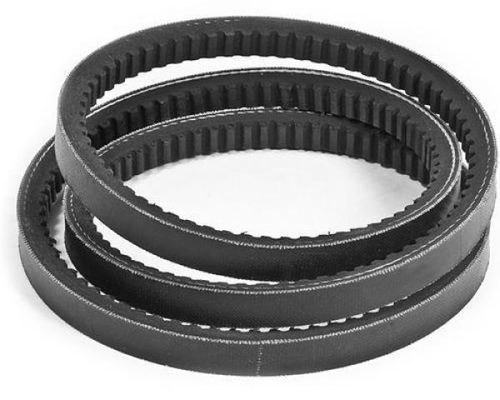Selection of V belts and pulleys
Determine your drive requirements. How much power do you need to transmit and at what speed?
Introduction:
V- Belts are one type of flexible connectors for transmitting power from one pulley to another pulley. Whose center distance is approx. 3M.thier cross section is trapezoidal. The belts are operated on groove pulleys.
Materials Used:
· Cord
· Fabric
· Cotton
· Rayon
Power Transmission
Belts are the cheapest utility for power transmission between shafts that may not be axially aligned. Power transmission is achieved by specially designed belts and pulleys. The demands on a belt drive transmission system are large and this has led to many variations on the theme. They run smoothly and with little noise, and cushion motor and bearings against load changes, albeit with less strength than gears or chains. However, improvements in belt engineering allow use of belts in systems that only formerly allowed chains or gears.
Power transmitted between a belt and a pulley is expressed as the product of difference of tension and belt velocity

where, T1 and T2 are tensions in the tight side and slack side of the belt respectively. They are related as:

Types Of V Belt
Generally V belts are classified into various grades based on their power transmitting capacity as A, B, C, D and E. the cross-sectional areas are increased order from A –E
Selection Of V Belts And Pulleys
V belts are designed based on
1. Fundamental formula
2. Manufactures catalogues
Fundamental Formula:
1. Ratio of driving tensions


2. Power Transmitted by belt

Manufactures Catalogues
1. At first based on amount of power to be transmitted , select the type of belt
2. Calculate design power

3. Pitch length

4. Note inside length
5. Determine Belt rating

7. Correct the center Length
8. Also determine parameters of V groove pulleys using Manufactures data


